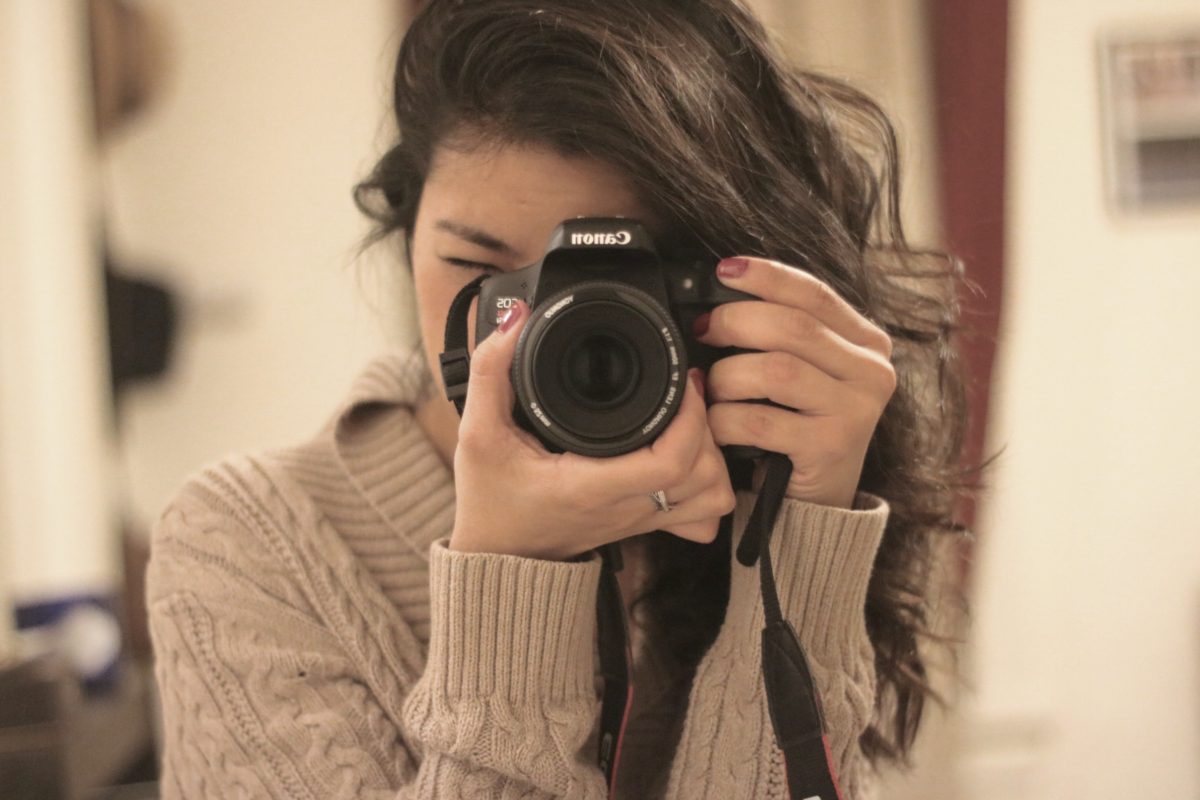I love this observation by Jay Deragon about the Social Learning Curve: “All things social are creating a herd of copycats following practices, methods and behavio[u]r created by the frenzy of learning something new …” To what end? is the inevitable question. Once learned, something is no longer new. In fact, it retains distinctive value only whilst the numbers of people who have access to that knowledge remains small. And yet, thanks to all things social, the chances of that happening are becoming less and less. And the pressures to democratise what one knows are also increasing. So everyone feels a pressure to learn, and many brands feel a pressure to share, but once accessed by many people, learning retains diminishing competitive advantage. It quite literally devolves to common knowledge. It becomes how ‘everyone’ does things, what ‘everyone’ agrees on, the way ‘everyone’ sees the world. Soon, what was new is basis. The tipping point for example. Once breakthrough. Now mainstream. Knowledge commoditises. I happen to really like Collins’ book ‘Good to Great’, but if …




